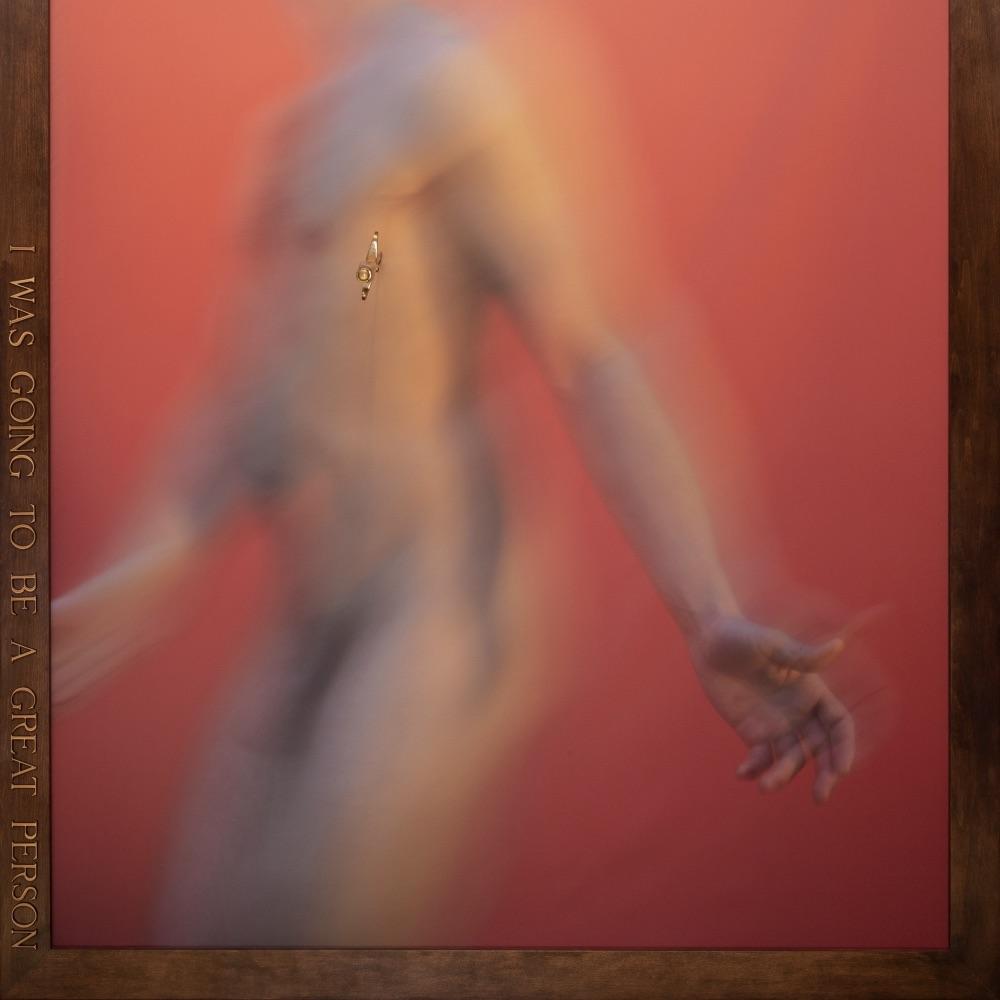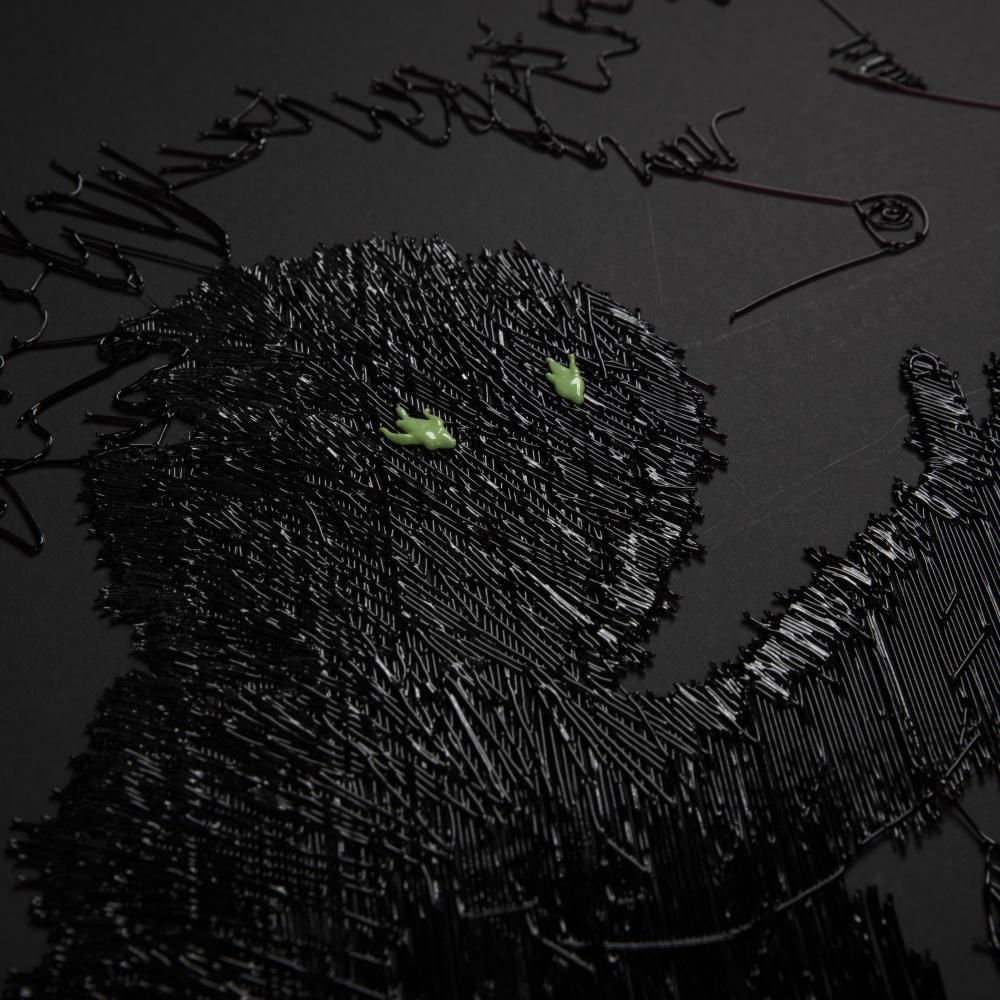Alexandra Karpuchina was born in 1985 in Moscow. Six years later she moved to Prague with her parents, where she still lives today. She graduated from the Academy of Arts and Crafts in Prague, where she attended the Jiří David Studio of Intermedia Confrontation and Arts Management. In 2016 she founded her own gallery, White Pearl Gallery. She currently owns and operates Karpuchina Gallery in Rybná Street, Prague, where the first official purchase of an artwork via cryptocurrency took place. She represents both established and brand new names and claims that anyone can be an art collector if they want to be.
Your experimental commercial gallery program takes place in three different spaces- Karpuchina Gallery, Aquarium Rhizome and KG Gate. What is the focus of each?
Diversity in art is, I think, terribly important. Now that we have our main space in Rybná Street in Prague, we like to compare the contemporary art world to a body of water, with countless really different fish (artists and works) swimming around. I would like to go as far as I can to meet this diversity, and that's why we already have two detached exhibition spaces. The main one can be said to focus on young but already established artists and established artists. KG Rhizome, a glass-enclosed alcove on a busy street in the nearby EMA espresso bar, is a space that interacts with the passing public and is dedicated to installations by really young artists. It's kind of our nursery. For example, I got to know sculptor Jáchym Šimek, a student at the Academy of Fine Arts in Prague, who had an exhibition at Rhizome two years ago, and last week we opened his solo show at Karpuchina Gallery. From 2022 we also have KG Gate in the atrium of the Můstek metro station, thanks to the Prague Transport Company. This space is dedicated to new media. I probably don't need to elaborate on how technology is increasingly interfering in art today. Computer creation, collaboration with AI, virtual spaces, these are topics and disciplines in which we certainly don't want to be left behind.
When we focus on the artists your gallery presents, each of them, at first glance, approaches their work differently. What is the key to choosing the artists you want to represent?
The initiating moment to collaborate is, I admit, purely subjective. I dedicate a lot to my work, and for it to be meaningful to me, it has to entertain, enrich and push me. These are my criteria, which I also need in the artists I exhibit. But then I also have to trust their work in terms of career and price reliability. It's easier with established artists. Their exhibition and sales history and price range are easy to track. With younger ones it's trickier, but that's what I find terribly interesting about my work. I create a curve of their past work accomplishments and artistic development, and when I'm convinced they will go up, I can exhibit and offer them to my clients with a clear conscience. I also try to rotate mediums in the exhibition program so that all are equally represented.
How would you compare the interest in collecting abroad and in the Czech Republic?
I still have the feeling that the Czech market is catching up with the West in the sense of an increased perception of culture as part of everyday life. It is certainly a positive development in which people are finding time and space for art in their private lives as well. In addition to larger collections, young and middle-upper class people are increasingly interested in collecting art.
Naturally, to use our gallery vocabulary, the Czech market is still a system of ponds compared to the oceans outside. So we already have a foreign clientele, and so lately our pond is a flow-through pond.
You studied at the Academy, you have an MgA. Do you still create, maybe just for your own pleasure?
Not really anymore. In fact, I haven't touched my work since I graduated. Even during them, I often chose conceptual, manipulative projects involving other actors as a medium, so I didn't go that far from my work. :) Today I consider my work to be working with artists and creating exhibitions.
Do you remember what was the turning point when you realized that you felt more like a gallery artist/curator/theorist than an artist?
I came to this through organizing international exhibition projects during my studies. Perhaps worth mentioning here is a work placement in Marseille, at the Château de Servières gallery, where I got a feel for the gallery's operations and got to see the amazing director there.
Do you travel for art? Where was the last place you were?
I love to travel for art, unfortunately it happens shamefully little and it's due to lack of time. This February, like many, I attended an exhibition - a dialogue between classical Czech modernism and contemporary art at the Kunsthalle in Dresden. In March I visited the show of my friend Russian artist George Melnikov in Vienna, and most recently Martin Salajka and his Bubo Bubo at the Urban Spree Gallery in Berlin.
What has been the most powerful artistic experience for you recently?
I have to make soup with this question. But it's honest, and so hopefully forgivable. Our ongoing Balensiaga SS24 Cruiser Collection FINAL FRONTIER exhibition is my current greatest joy. After a long time, I collaborated again on it with Julius Reichel, whom the gallery has represented since its inception. Thematically controversial, comprehensive and, thanks to Petra Ptáček's suggestions, honest to the point. It is installation-oriented to all corners (in the figurative and direct sense). Then I would like to mention the installation by sculptor Jan Kovařík in the Church of the Most Holy Salvator in the Old Town. I left enthralled and uplifted spiritually and culturally.
If you had to name one artist and one tendency that is important to you and close to your heart in contemporary art, what would it be?
This is a tricky question. I would go back to the idea of diversity and the habitat coexistence of works in the art world. I'm really not even able to pinpoint one direction, let alone one artist, so I'll answer in a sneaky way as well. The most important and closest to my heart is the work of Julius Reichel, Sofia Švejdová, Peter Pelzmann, Sabina Knetlova and Margarita Iva, the artists I represent.







